Do you know the different types of illustration styles that exist? Whether it is for a greeting card, comic book series or a children’s book, understanding some basic illustration styles can help to create unique and captivating visuals for any project. From cartoons and comics to digital painting and airbrushing, there are countless possibilities when it comes to bringing your stories to life through artwork. Let’s explore five popular illustration styles so you can better understand how they differ from one another!
What is Illustration and Why is It Popular?
Illustration is the art of creating visual representations, often to accompany or enhance written text. It has been a popular form of expression for centuries and continues to be widely used in various industries today. From books and magazines to advertising and social media, illustration plays an important role in communicating ideas and engaging with audiences. [1]
So why is illustration so popular? Here are some reasons:
1. Versatility and Creativity
Illustration allows for endless possibilities in terms of style, technique, and subject matter. Unlike photography or film, where the end result is dependent on the equipment and environment used, illustration gives artists complete control over every aspect of their work. This allows for a wide range of creative expression and unique visual interpretations.
2. Visual Appeal
Humans are visual creatures, and illustration provides a way to capture attention and convey information in a visually appealing manner. Whether it’s through colorful and whimsical illustrations or detailed and realistic ones, the use of visuals can make complex ideas more accessible and engaging for audiences.
3. Timeless Quality
Illustrations have a timeless quality that can withstand the test of time. Unlike photographs or videos, which may become outdated as technology advances, illustrations often have a timeless and classic appeal that makes them relevant even years after they were created.
4. Storytelling
Illustration has a powerful ability to tell stories in a way that words alone cannot. Through imagery, illustrations can evoke emotions and convey narratives that resonate with audiences on a deeper level. This makes it an effective tool for storytelling in various mediums, including books, advertisements, and even social media. [2]
5. Personal Touch
Illustrations often have a personal touch that adds a unique charm to any project. With the rise of digital illustration tools and platforms, more and more artists are able to share their work and connect with audiences directly. This personal touch adds a level of authenticity and connection between the artist and their audience, making illustration a popular choice for many brands and businesses.
6. Accessibility
With the advancement of technology, illustrations have become more accessible than ever before. From digital art tablets to online platforms for sharing and selling artwork, artists now have a multitude of tools at their disposal to create and share their work with the world. This has also made it easier for aspiring artists to learn and improve their skills through tutorials, courses, and communities.
In conclusion, illustration is a popular form of visual expression due to its versatility, creativity, timeless quality, storytelling capabilities, and personal touch. As technology continues to advance and new mediums emerge, the demand for illustrations will likely continue to grow. So whether you are an artist looking to share your unique vision or a business seeking to engage with your audience in a more impactful way, illustration is a powerful and popular tool to consider. [3]
Basic Characteristics of Illustration Art
Illustration art is an important part of the visual arts world. It encompasses a wide range of styles, techniques and mediums that are used to create images for books, magazines, advertisements, films, and more. Illustrations are found in almost every aspect of our daily lives from children’s books to medical journals. [4]
Mediums Used in Illustration Art
There are various mediums used in illustration art, each with its unique characteristics. Some of the most common mediums are:
- Pen and Ink: This is a classic medium used in illustrations. It involves using pens to create intricate lines and details that bring life to an image.
- Watercolor: Watercolor creates soft, translucent images that are often used in children’s books or for whimsical illustrations.
- Digital: With the advancement of technology, digital illustrations have become increasingly popular. This medium allows for endless possibilities in terms of color, texture, and style.
- Acrylic: Acrylic paints produce bold and vibrant images that are commonly used in posters or advertisements.
- Charcoal: This medium is known for its rich and dramatic effects that can create realistic or abstract images.
- Collage: Collages use a combination of materials such as paper, photographs, fabric, and more to create unique and textured illustrations.
- Chalk: Chalk is a versatile medium that can create soft, blended images or bold and vibrant ones. [5]
What is Needed to Create an Illustration?
Creating an illustration involves more than just having the right tools and materials. It requires a combination of technical skills, creativity, and imagination. [6]
Technical Skills
Illustrators need to have a good understanding of techniques and mediums to bring their ideas to life. This includes knowledge of color theory, composition, perspective, and anatomy. With practice and experience, an illustrator can master these skills and use them to create captivating images.
Creativity
Illustration is a form of visual storytelling that requires creativity to convey a message or idea effectively. This involves coming up with unique concepts, choosing the right medium and style to match the subject matter, and using elements like color and composition to enhance the overall impact of the illustration.
Imagination
Illustration allows for endless possibilities, making it a perfect outlet for imagination. Illustrators have the freedom to create fantastical worlds, characters, and creatures that can captivate the viewer’s imagination. Through illustrations, artists can bring their wildest dreams and ideas to life. [7]
What is Illustration Style?
Illustration style, also known as art style or visual style, is a distinctive way of representing images and conveying information through visuals. It refers to the overall appearance and aesthetic choices used to create an illustration. [8]
Different forms of Illustration Style
Illustration styles can vary greatly depending on the medium, technique, and purpose of the illustration. Some common forms of illustration style include:
- Traditional Illustration: This style involves creating illustrations by hand using traditional tools and materials such as pencils, paint, ink, or markers. It is often used in children’s books, magazines, and posters.
- Digital Illustration: With the rise of technology, digital illustration has become increasingly popular. It involves creating illustrations using software programs and digital drawing tools such as tablets and styluses.
Importance of Illustration Style
Illustration style is crucial in defining the overall look and feel of an illustration. It helps establish the mood, tone, and atmosphere of the artwork, making it more engaging and visually appealing to the audience. Additionally, different illustration styles can evoke different emotions and convey a particular message or story effectively.
Application of Illustration Style
Illustration style is used in various fields, including advertising, publishing, gaming, animation, and more. It is an essential aspect of branding and marketing strategies as it helps create a unique and recognizable visual identity for a brand or product. In publishing, illustration style plays a significant role in enhancing the storytelling experience, whether it’s in children’s books, graphic novels, or magazines. It is also widely used in educational materials to make complex concepts more accessible and engaging for students. In the entertainment industry, illustration style is used in creating concept art, character designs, and backgrounds for films, TV shows, and video games. [9]
15 Illustration Styles To Explore
Illustrations have become a popular form of visual communication in recent years, making it an essential tool for businesses and individuals alike. With its ability to convey complex concepts in a simple and engaging manner, illustrations have the power to capture people’s attention and leave a lasting impression. [10]
If you’re new to the world of illustrations or looking to expand your skill set, here are 15 illustration styles to explore:
- Flat Illustration: This style focuses on using simple shapes, bold colors and minimal details to create a clean and modern look. It’s perfect for conveying information in a straightforward and easy-to-understand manner.
- Minimalistic Illustration: Similar to flat illustrations, this style also uses basic shapes and limited color palettes but with an emphasis on negative space and simplicity. It’s great for conveying a sense of elegance and sophistication.
- Line Art Illustration: As the name suggests, this style uses lines to create intricate and detailed illustrations. It’s commonly used in editorial or book illustrations to add depth and texture to the artwork.
- Watercolor Illustration: This style involves using watercolors to create soft, dreamy and whimsical illustrations. It’s often used in children’s books or to add a touch of nostalgia to a design.
- Vector Illustration: Vector illustrations are created using mathematical equations rather than pixels, making them easily scalable without losing quality. They have a clean and polished look, perfect for branding and marketing materials. [11]
- Digital Painting: This style mimics traditional painting techniques using digital tools. It allows for more texture and depth in the artwork, giving it a more realistic and organic feel.
- Cartoon Illustration: These illustrations use exaggerated proportions and vibrant colors to create fun and playful characters. They’re commonly used in advertising, animation and children’s media.
- Realistic Illustration: As the name suggests, this style focuses on creating illustrations that closely resemble real-life objects or scenes. It requires a high level of technical skill and attention to detail.
- Collage Illustration: This style involves combining different elements such as photographs, textures, and patterns to create a unique and visually striking illustration. It’s great for adding depth and interest to a design.
- Grunge Illustration: This style uses rough textures, distressed elements and a muted color palette to create a worn and edgy look. It’s often used in music or street art-inspired designs.
- Isometric Illustration: Isometric illustrations use parallel lines to create the illusion of depth and perspective in a 2D illustration. They’re commonly used in infographics, architectural and technical illustrations.
- Pixel Art Illustration: This style involves creating illustrations using individual pixels, giving it a retro and nostalgic feel. It’s often used in video games and digital art.
- Cutout Illustration: Cutout illustrations involve using a combination of flat shapes and textures to create a layered and dimensional effect. They’re commonly used in packaging and product designs.
- Surreal Illustration: This style focuses on creating dreamlike and fantastical illustrations that challenge reality. It’s great for telling unique stories or conveying abstract concepts.
- Hand-Drawn Illustration: Hand-drawn illustrations add a personal touch and human element to the artwork. They can range from simple doodles to intricate and detailed illustrations, making them versatile for a variety of projects.
These are just some of the many illustration styles that you can explore and incorporate into your work. Don’t be afraid to experiment and find your own unique style, as it could be the one that sets you apart from others in the industry. Remember, the possibilities with illustrations are endless, so have fun and keep creating! [12]
How to Choose an Illustration Style for Yourself?
Illustrations are a great way to add visual interest and personality to your work. They can range from simple sketches to detailed digital designs, and each style has its own unique look and feel. [13]
But with so many illustration styles out there, how do you choose the right one for yourself? Here are some tips to help you find an illustration style that suits your needs and preferences.
Understand the Purpose of Your Illustration
The first step in choosing an illustration style is to understand the purpose of your illustration. Is it for a children’s book, a logo design, or a marketing campaign? Each of these requires a different style and approach.
For example, children’s illustrations are usually bright and colorful with simple shapes and characters, while logo designs require a more minimalist and clean style. Knowing the purpose of your illustration will give you an idea of which styles to explore.
Research Different Styles
Once you have a clear understanding of the purpose of your illustration, it’s time to research different styles. Browse through different sources like social media, design blogs, and online portfolios to see what illustrators are creating.
Find styles that catch your eye and note down the elements you like about them. Experiment with different mediums such as watercolors, digital art, or pen and ink to see which style feels more natural to you. Don’t be afraid to mix and match different techniques to create a unique look for yourself.

Consider Your Target Audience
Another important factor to consider when choosing an illustration style is your target audience. If you’re creating illustrations for children, you’ll want to use bright colors and playful characters that will appeal to them.
On the other hand, if your audience is more mature or professional, a minimalist black and white style might be more suitable. Understanding who will be viewing your illustrations can help guide you towards a style that resonates with them.
Take Inspiration, Not Imitation
When exploring different styles, it’s important to remember that it’s okay to take inspiration from other artists, but never imitate their work. Your illustrations should be a reflection of your unique skills and creativity.
Experiment with different techniques and add your own personal touch to create something new and original. This will not only help you stand out from the crowd but also give you a sense of satisfaction and pride in your work.
The key to success: Practice, practice, practice.
Lastly, no matter which style you choose, it’s important to remember that practice makes perfect. Keep practicing and experimenting with different styles to find what works best for you.
Also, don’t be afraid to step out of your comfort zone and try new things. Sometimes the most unexpected combinations can lead to a unique and appealing illustration style. [14]
FAQs
What is a modern type of illustration?
A modern type of illustration refers to an artistic method that incorporates contemporary techniques and styles in creating visually appealing and engaging illustrations. It often utilizes digital tools, such as software programs and tablets, in addition to traditional techniques like hand-drawing or painting. Modern illustrations can range from simple line drawings to complex digital collages, incorporating elements like typography, photography, and 3D rendering.
What is illustration art style?
The illustration art style is a type of visual representation that is used to convey ideas, stories, and messages through images. It is often used in books, magazines, advertisements, and websites to enhance the text or to tell a story on its own.
Illustrations can range from simple black-and-white sketches to highly detailed and colorful images. They can be created using various mediums such as pen and ink, watercolor, digital software, or a combination of techniques.
This art style is often used in conjunction with text to create visual interest and aid in understanding for the audience. It can also be used to add emotion and personality to a story or message.
Illustration has been around for centuries, dating back to cave paintings and ancient manuscripts. However, it gained popularity in the 19th century with the rise of book and magazine publishing. Since then, it has evolved and expanded into various mediums and styles.
What are the 5 elements of illustration?
- Line: The line is one of the most fundamental elements of illustration. It can be used to create shapes, textures, and forms in a drawing. Lines can also convey movement and direction, helping to guide the viewer’s eye around the composition.
- Shape: Shapes are created by connecting lines or by using color and value to define an area within a drawing. They can be geometric or organic, and are used to create balance and contrast in an illustration.
- Color: Color is a powerful element of illustration that can convey emotions, mood, and atmosphere. It can also be used to create depth and add visual interest to a drawing.
- Texture: Texture adds detail and dimension to an illustration by simulating the tactile quality of different surfaces. It can be created through techniques such as hatching, cross-hatching, or stippling.
- Form: Form refers to the three-dimensional quality of an object in a drawing. It is often achieved by using light and shadow to create the illusion of depth and volume.
Is illustration a type of art?
The debate on whether illustration is a form of art has been ongoing for years within the creative community. On one hand, some believe that illustration is purely a commercial tool used for advertising or storytelling, rather than being considered a true form of artistic expression. On the other hand, many argue that illustration requires skill, creativity, and technique to produce visually appealing and meaningful images.
While there may be differing opinions on the classification of illustration as a type of art, it cannot be denied that it holds its own value and importance in the creative world. Illustration has the power to evoke emotions, convey complex ideas, and capture attention through its visual storytelling. It also allows for experimentation with different mediums, styles, and techniques, making it a versatile form of expression.
In recent years, illustration has gained more recognition and has been celebrated at various art exhibitions and galleries around the world. With the rise of digital technology and social media, illustrators have also been able to reach a wider audience and showcase their work to a global community.
Useful Video: 12 Types of Digital Illustration Styles Used by Illustrators
Final Thoughts
To sum up, there are many different types of illustration styles available to artists. Whether it’s traditional painting and drawing, digital illustration, vector graphics, or watercolor techniques – the list goes on! It’s important for illustrators to find a style that suits them best and be willing to push the boundaries. Having an understanding of a variety of different styles will not only open your work up to new ideas but also give you more options to choose from when creating a piece of artwork. Don’t be too quick to pigeonhole yourself into one style either – knowledge across many disciplines can lead to amazing pieces. Art is about experimentation and being comfortable with taking chances. Be brave enough with your work and use a combination of techniques and methods to create unique, one-of-a-kind illustrations that show off your skill set as an artist!
References:
- https://design.tutsplus.com/articles/what-is-illustration-and-what-are-the-different-types-of-illustration–cms-36065
- https://graphicmama.com/blog/what-is-illustration/
- https://www.fiverr.com/resources/guides/graphic-design/what-is-in-an-illustration
- http://www.visual-arts-cork.com/illustration.htm
- https://blog.depositphotos.com/high-five-5-features-of-good-stock-illustrations.html
- https://design4users.com/how-to-create-illustration/
- https://www.toptal.com/designers/illustration/a-step-by-step-guide-to-designing-custom-illustrations-without-any-drawing-skills
- https://alltimedesign.com/illustration-styles/
- https://www.imaginarycloud.com/blog/illustration-styles/
- https://doncorgi.com/blog/illustration-styles/
- https://www.cgspectrum.com/blog/different-types-of-illustration
- https://fireart.studio/blog/illustration-trends-2020/
- https://illustratedbymabel.com/2021/02/19/how-to-find-your-illustration-style/
- https://dribbble.com/stories/2019/05/31/10-ways-to-develop-your-illustration-style





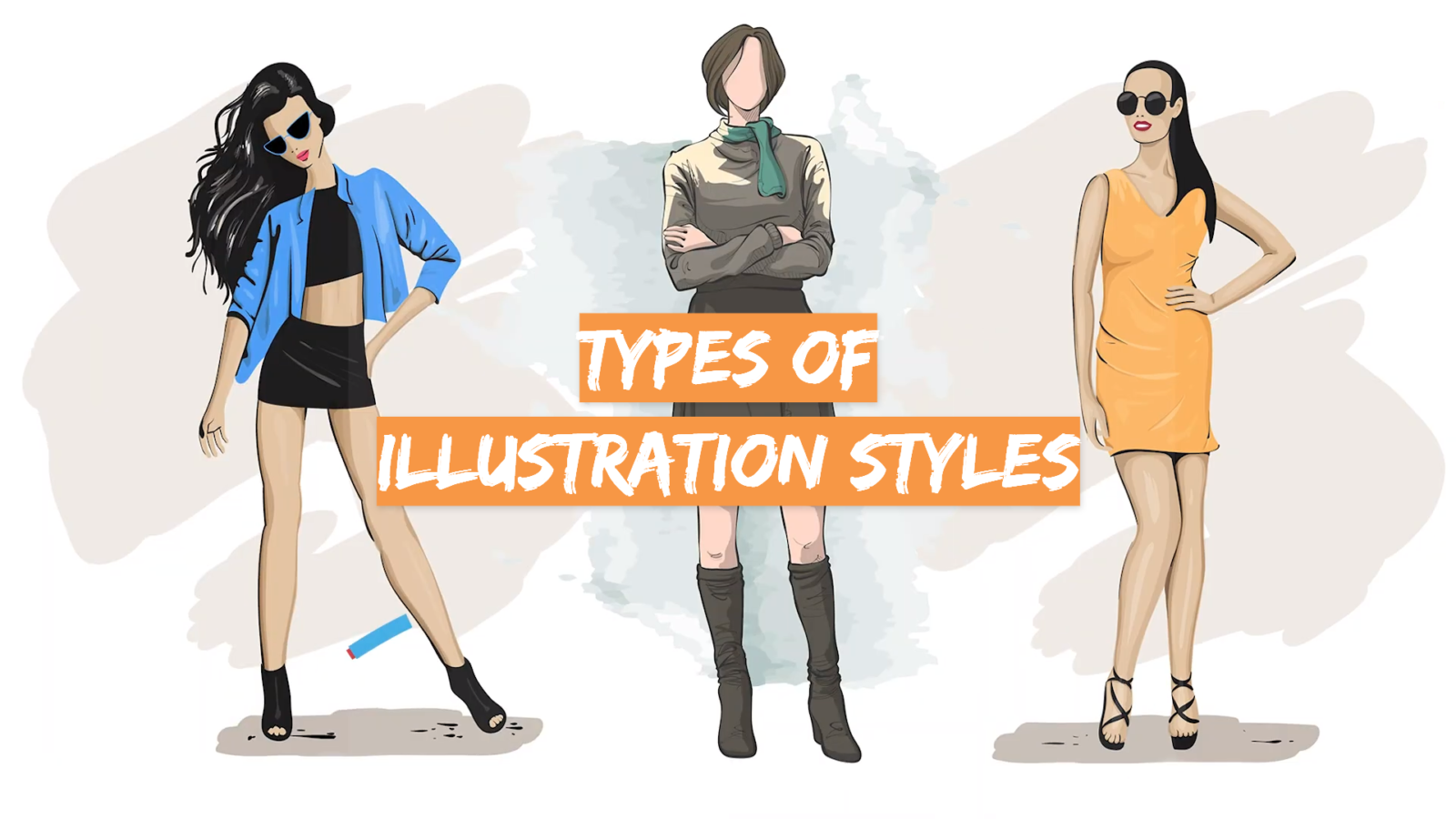
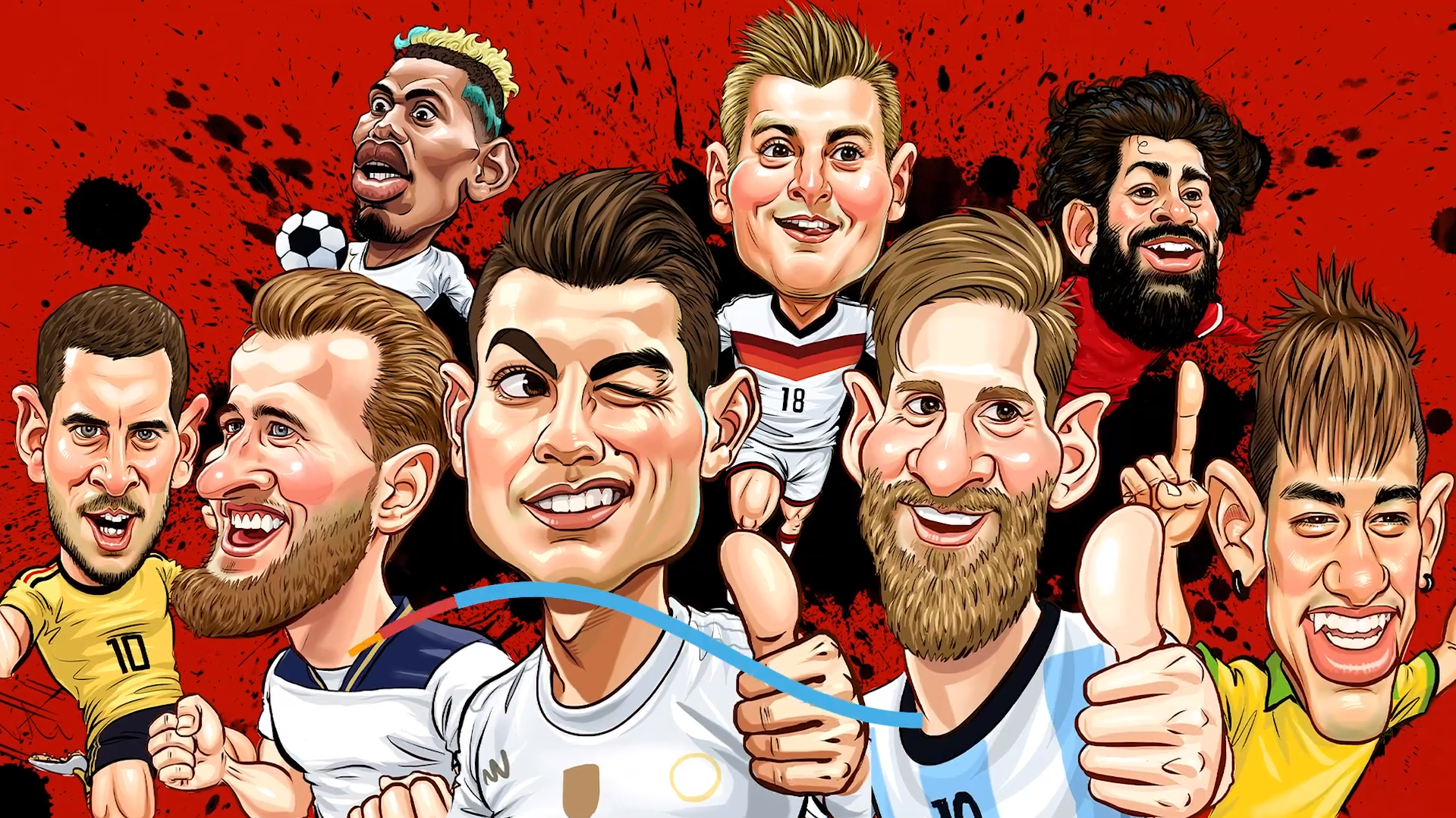

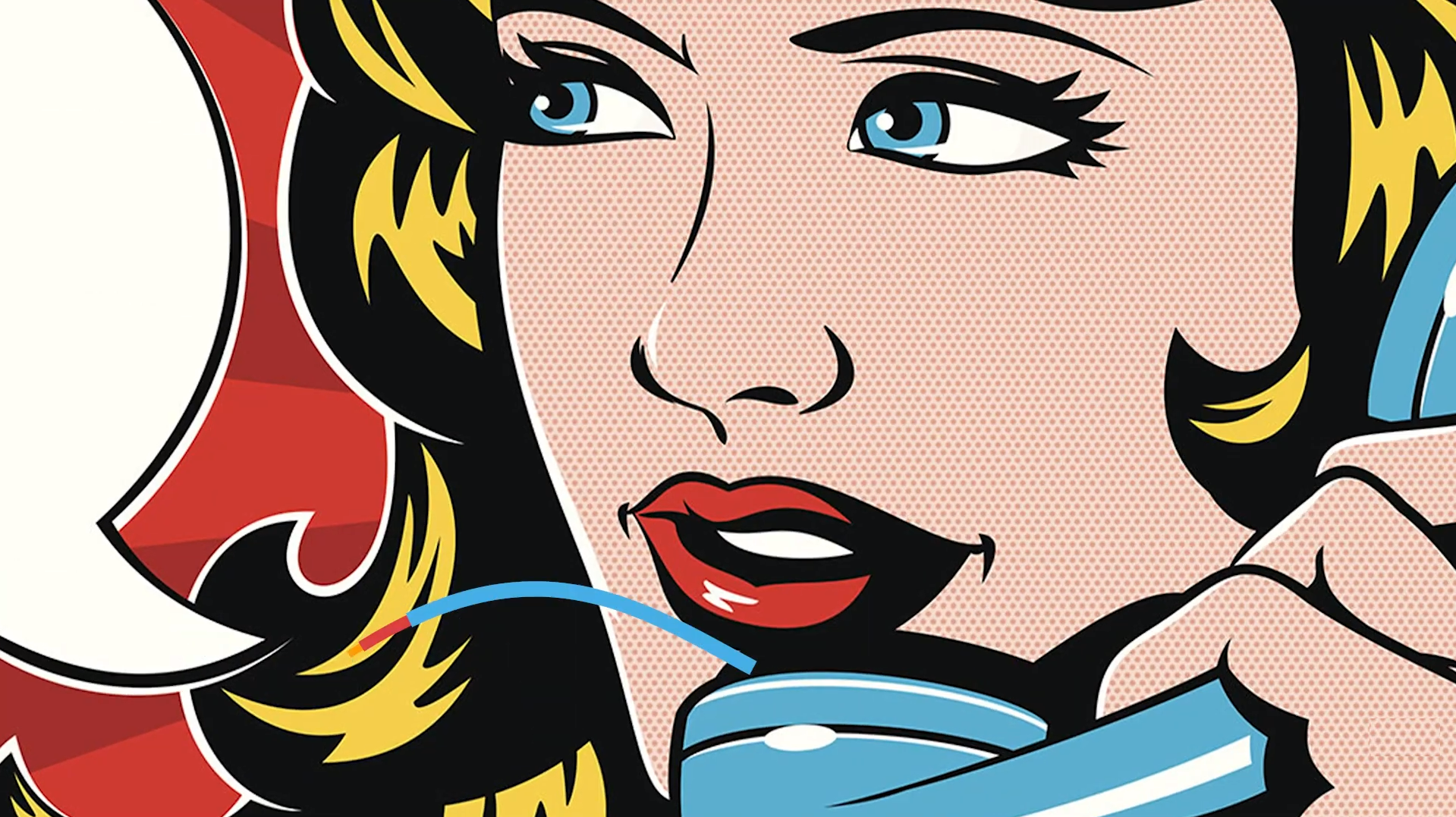
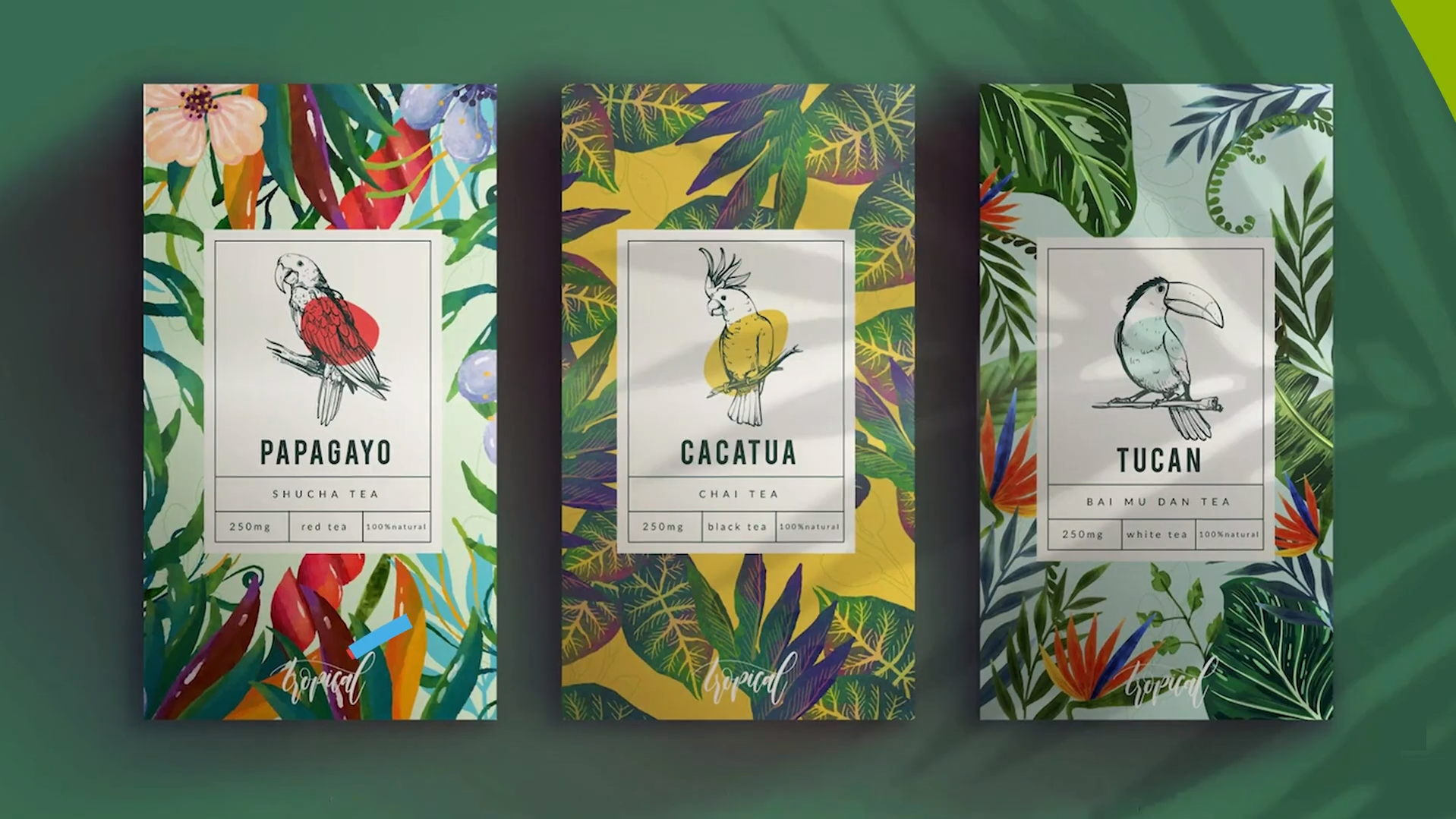
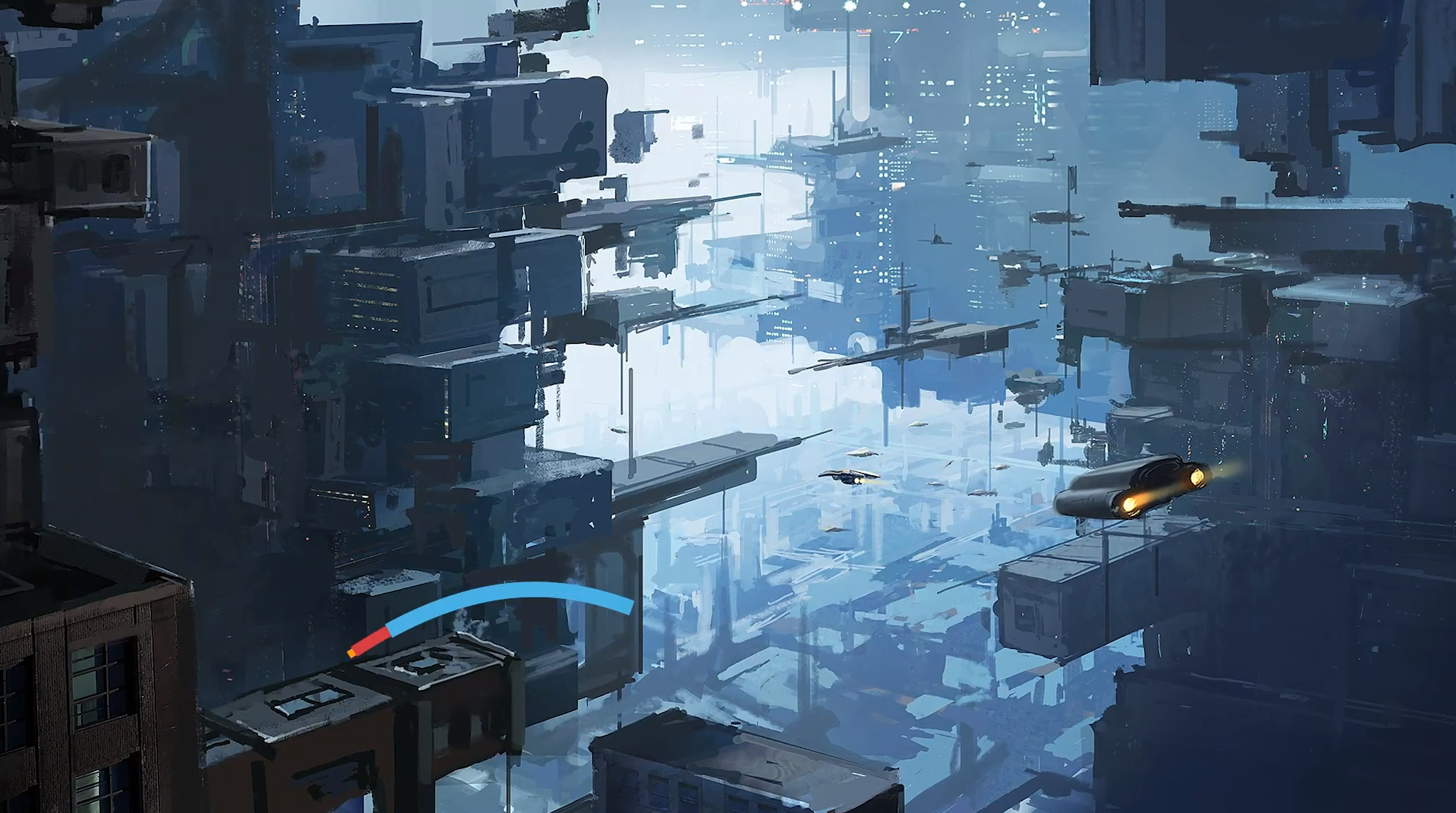
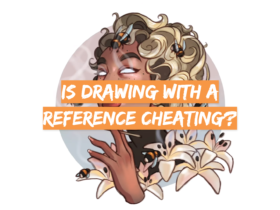
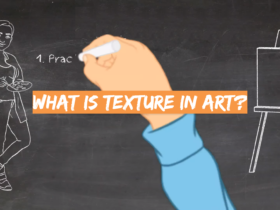
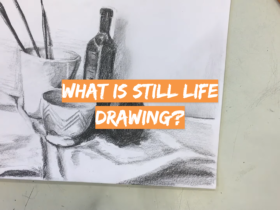
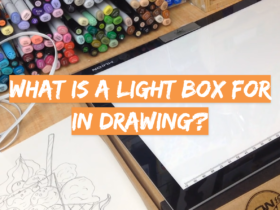
Leave a Review